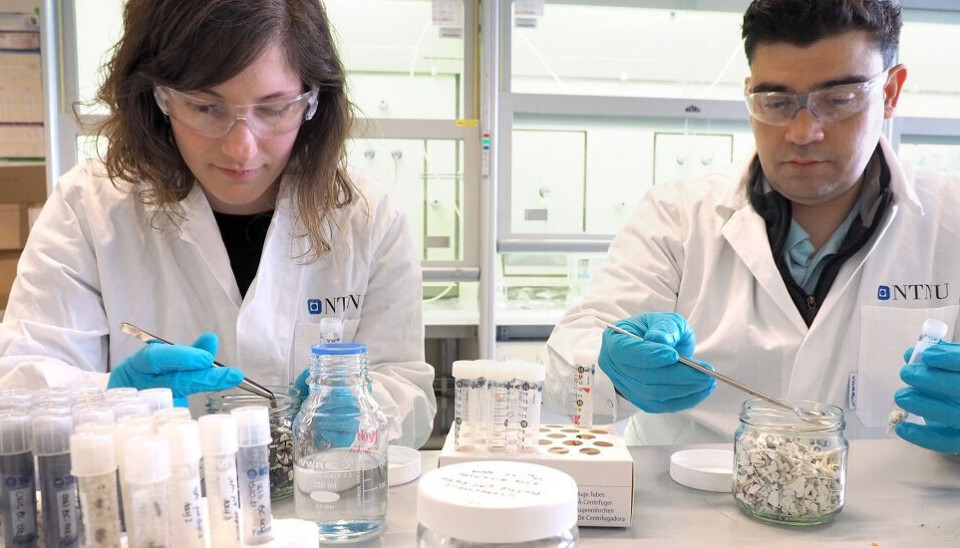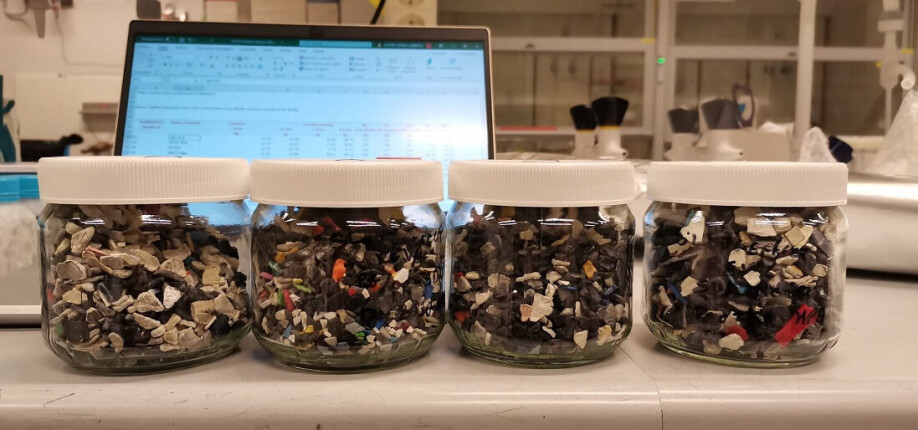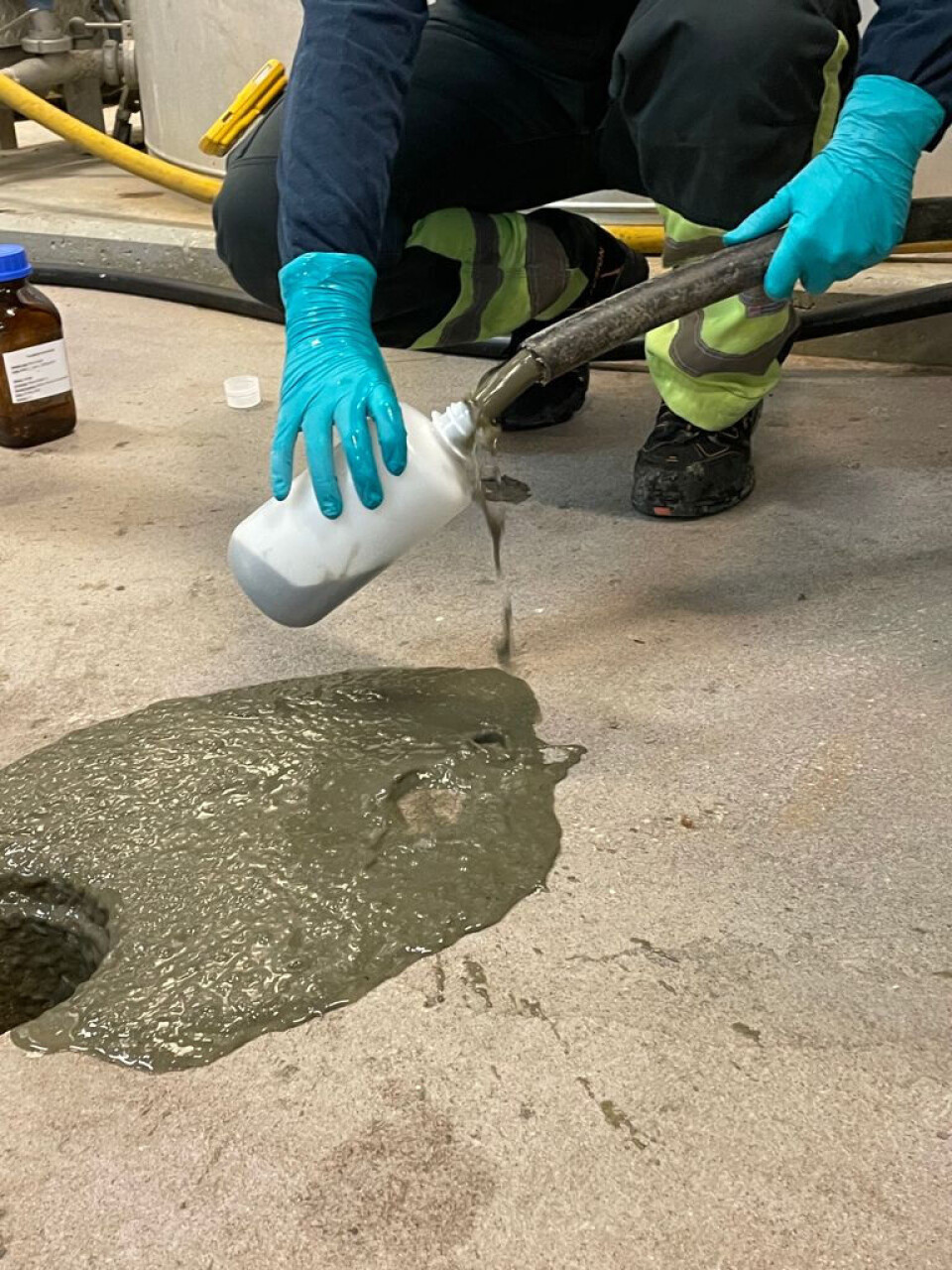THIS ARTICLE/PRESS RELEASE IS PAID FOR AND PRESENTED BY NTNU Norwegian University of Science and Technology - read more

Hunting down toxic substances in sludge
Chemists behave like detectives as they examine sludge from sewage systems. They hope to contribute to better sludge recycling by identifying the contaminants and toxic substances it contains.
Analytical chemists Gabriela Castro Varela and Alexandros Asimakopoulos are hunting for toxic and unregulated chemical substances in the sewage sludge that is a by-product from the water treatment plants of Trondheim municipality.
Varela is a postdoctoral fellow and Asimakopoulos is an associate professor at NTNU’s Department of Chemistry. Their goal is to be able to reuse the sludge in a safe and sustainable way.
The world’s natural resources are under ever-increasing pressure, making it all the more important to recycle them more efficiently. However, reusing the waste is challenging due to the hazardous substances it contains.
The UN’s sustainable development goal number 12 also emphasizes the need for effective handling of waste and chemicals.

Challenging, but a lot to be gained
Researchers are observing the problem in two types of waste in particular: sewage sludge and plastics from electronic waste, or e-waste. These two waste sources contain enormous potential for reusing nutrients, green energy and replacing raw materials.
The challenge lies in the levels of hazardous substances, many of them unregulated, in these waste sources.
- Using untreated sewage sludge as fertilizer is difficult because humans and animals can be affected by the toxic substances present in the sewage sludge. They can be ingested through food and water sources impacted by agricultural runoff.
- Recycling plastic from e-waste is difficult due to the possibility of reintroducing hazardous substances to the environment and environmental emissions during the recycling process.
The SLUDGEFFECT project aims to identify and remove toxic chemicals from the sludge so that it can be reused in different ways, such as for fertilizer.
Microplastics and chemical substances
Sludge is the residual by-product once wastewater has passed through the treatment plants. It contains traces of what people have been eating and drinking, detergents and everything else that households and industry dispose of via the sewer system.
This sludge contains all kinds of additives – regulated and unregulated, toxic and non-toxic – but what kind or how much poison they contain is still relatively unknown.
PFAS, benzophenones and similar derivatives are among the substances in sludge, as well as toxic metals and microplastics.

“What we do know is that a lot of the sludge contains microplastics in addition to the chemical substances that can be extremely harmful to us if they end up in the soil. And we’re in the dark about what’s in them,” says Asimakopoulos.
Varela is the expert on analyses. She receives sludge samples from all the water treatment plants involved in the project. These samples are analysed to identify what substances they contain, with an emphasis on unregulated toxic additives or ones we don’t know.
For various reasons, the chemicals listed in the consumer information do not always correspond to their actual content.
Extremely important to know
Once the toxic compounds have been identified, the researchers need to find a way to remove them. One solution being studied is using pyrolysis for thermal treatment of the sludge. Pyrolysis is a combustion technique that burns at 700 °C to 900 °C in oxygen-free conditions. This is the same method as is used for making coal, and the residual waste likewise results in small clumps that contain carbonated biological waste.

Varela explains, “We analyse the resulting matter in a mass spectrometer so that we can see how much of the toxic chemical substances are gone or haven’t disappeared. Sometimes pyrolysis actually makes a toxic substance even more harmful to the environment, which can happen when we don’t know which substances are involved. Determining this is extremely important before the sludge is reintroduced in natural systems.”
Earth needs replenishment
In Germany and elsewhere in Europe, most of the sludge from treatment plants is treated and incinerated. But pure sludge that has been sterilized is full of nutrients that are needed for agriculture.
“In order to use the sludge, we have to be sure that it’s free of hazardous chemical substances,” says Hans Peter Arp, the technical expert from the Norwegian Geotechnical Institute (NGI) and NTNU who is heading the project.
“We want to see what we can achieve with pyrolysis and source control in Norway, because reuse is important for sustainability and good for the soil,” says Arp. “So it’s important to find out what’s possible and how we can make it financially profitable and sustainable.”
See more content from NTNU:
-
Can we tap the ocean’s power to capture carbon?
-
Researchers have uncovered major problems in Norway's salmon industry
-
Why ChatGPT is bad at imitating people
-
Outer space has a trash problem, according to researchers
-
These researchers want quantum computers that work properly
-
If you can hear your neighbour snoring, there’s something wrong with the building you live in





































